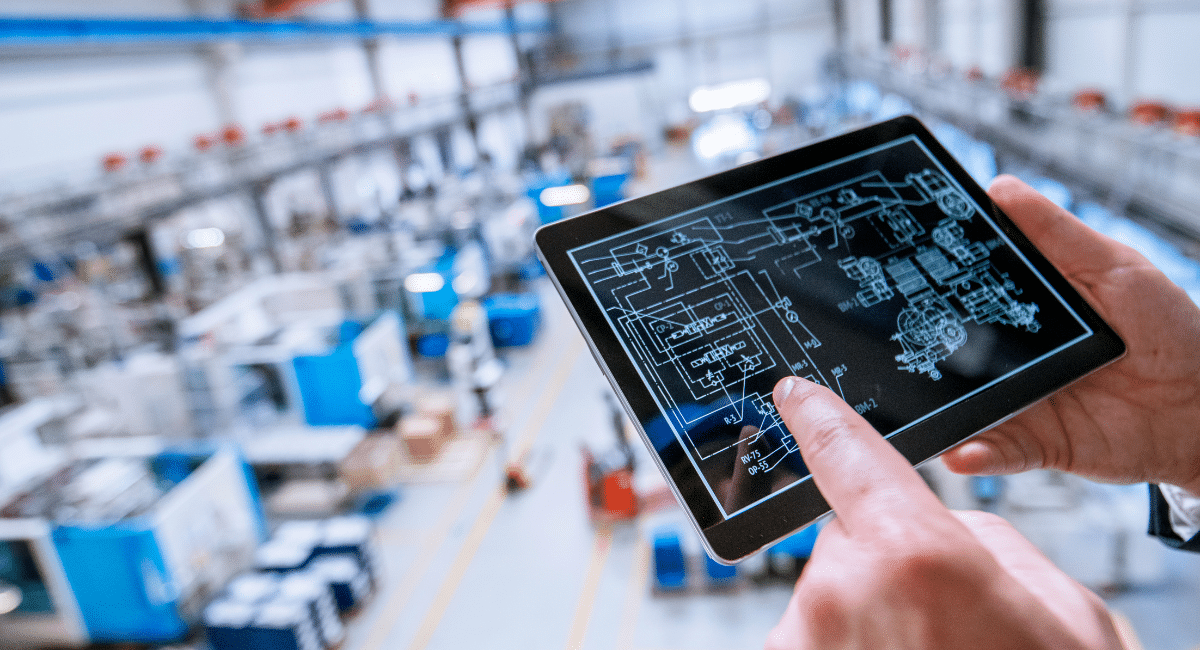According to McKinsey, intelligent computers are to the Fourth Industrial Revolution (Industry 4.0), what steam was to the first. Powered by disruptive technology, machine learning (ML), artificial intelligence (AI), and data analytics, Industry 4.0 is characterised by the merging of the digital and physical worlds.
Digital Twins epitomise this new era of industry.
Digital Twin technology is:
“A technology based on the concept of creating a virtual replica or representation of a physical object, process, or system. It is fed with real-time or historical data, then this data is analysed through machine learning algorithms to run simulations of different environments to understand how a system is going to behave, the results of this simulations are shown in dashboards, reports or visualization tools, and decisions can be made based on that information.”
The application of this technology at Rolls-Royce demonstrates its various benefits to the industry. Here’s how it works with engines:
Our Engineers create a Digital Twin of an engine, which is a precise virtual copy of the real-world product. They then install on-board sensors and satellite connectivity on the physical engine to collect data, which is continuously relayed back to its Digital Twin in real time. The twin then operates in the virtual world as the physical engine would on-wing and will determine how the engine is operating and predict when it may need maintenance. This also allows us to enact preventative engine maintenance, which can greatly reduce aircraft downtime and, in turn, enhance reliability.
Just some of the key benefits include:
- Accuracy – The model accurately reflects the condition of using real-time data, continuously learning and updating itself to reflect the real-life operating conditions.
- Reliability – Any problems are flagged earlier which minimises disruption.
- Testing – Using the digital copy, a larger number of potential circumstances can be tested than with physical tests, allowing engineers to simulate extreme conditions to better understand behaviours. Can also predict how engines will be operated by different airlines in a range of geographic regions to better understand the engine’s performance across the course of its lifetime.
- Endurance – Lengthens the time between services, increasing the engine’s time on wing, in some cases the TOW for critical parts has been extended by over 70 per cent.
- Planning – Maintenance can be optimised and planned accurately with up-to-date knowledge of how the engine is performing and when it will need attention.
At ATW Europe, Adam Harris, Global Chief of Testing Facilities, Rolls Royce will be speaking on innovation and testing environment, unpacking advanced testing activities for sustainable aviation. Book your ticket now to avoid missing out!
